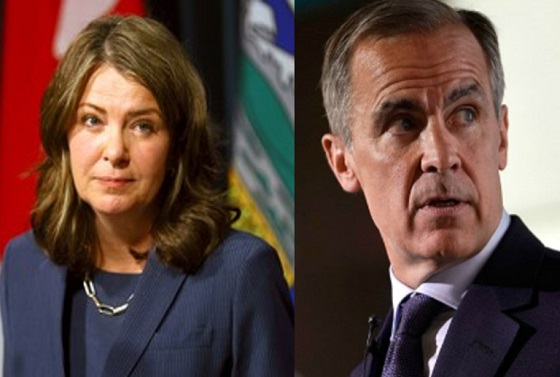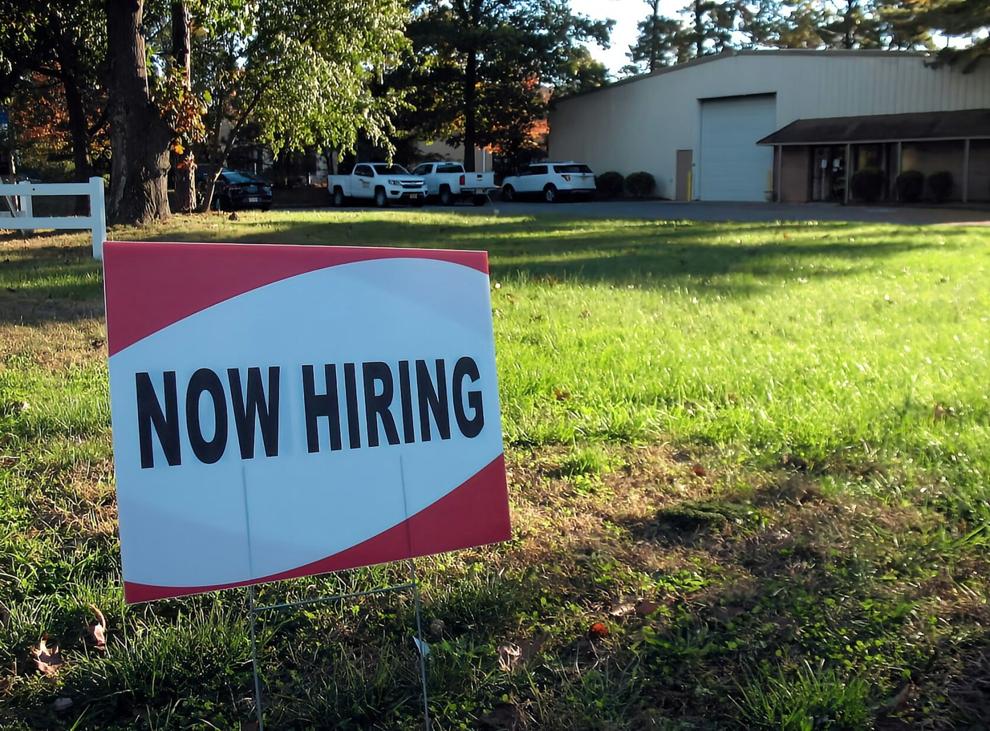Opinion
Dear Pipeline Protesters – an open letter

By: Cory G. Litzenberger, CPA, CMA, CFP, C.Mgr – President & Founder of CGL Strategic Business & Tax Advisors
Dear pipeline protesters,
If I asked you to plug in 73 items in your home, could you? Even if you could, now what if I asked you to plug-in 1,100?
How about starting with 175 items… then ask you to do 10,700 items?
I’m guessing you would need to do some restructuring to be able to have that many items needing power.
Welcome to China.
In the mid-1980s, Chinese communities like Yiwu and Shenzhen were only 73,000 and 175,000 people respectively; and now they are now over 1.1 Million and 10.7 Million people.
Much of the power generation for this needed upgrade is coming from coal.
The main port? Vancouver.
Yes, according to a National Post article:
Yes, anti-pipeline Vancouver really is North America’s largest exporter of coal
anti-pipeline BC is home to the largest coal exporting port in North America and going through a $275 Million upgrade.
If the BC NDP/Green politicians aligning with anti-pipeline protestors are ever going to help China get off massive pollution from coal, they need to help switch them to oil and natural gas.
I’m all for cleaner air, so can we at least get China to the next stage of energy consumption in society instead of leaving them in the coal mine with a dead canary?
Or is it, as I suspect, that you only wave the environmental flag in order to get votes from those that don’t know any better just so you can get a high paid powerful position with a pension?
Clearly, since you are leading Canada in polluting our waterways with raw sewage this must be the case.
http://www.thestar.com/vancouver/2018/04/11/we-really-should-be-a-model-for-the-entire-world-but-were-just-not-there-yet-advocate-on-vancouvers-sewage-overflow-problem.html
I don’t think you understand that pipelines aren’t just about oil and gas.
Pipelines are about transporting items in an efficient, cost-effective, non-air polluting way (then say by train or tractor-trailer) all while the same time freeing up cargo spaces on trains and highways for other things that can’t be shipped by a pipeline to help all Canadians.
Things that can’t be shipped in a pipeline, like wind turbines, solar panels, medical equipment, groceries, produce, grain, potash, home building tools & materials, etc.
Are pipeline protestors against transporting medical supplies and equipment to help those that need it?
Are pipeline protestors against feeding the world with our grain?
Are pipeline protestors against building homes and shelters for those that need one?
Maybe pipeline protestors are against us building solar farms and wind turbines for energy production?
I haven’t even talked about the economic impact all of these can do to provide a better quality of life, food, shelter, and healthcare for everyone in Canada.
But clearly, pipeline protestors must be against that too.
So please, if you could stop creating a dystopian society, we’d like to get back to building a better place.
Censorship Industrial Complex
US Under Secretary of State Slams UK and EU Over Online Speech Regulation, Announces Release of Files on Past Censorship Efforts

Sarah Rogers’ comments draw a new line in the sand between America’s First Amendment and Europe’s tightening grip on online speech.
|
|
Business
“Magnitude cannot be overstated”: Minnesota aid scam may reach $9 billion

Federal prosecutors say Minnesota’s exploding social-services fraud scandal may now rival nearly the entire economy of Somalia, with as much as $9 billion allegedly stolen from taxpayer-funded programs in what authorities describe as industrial-scale abuse that unfolded largely under the watch of Democrat Gov. Tim Walz. The staggering new estimate is almost nine times higher than the roughly $1 billion figure previously suspected and amounts to about half of the $18 billion in federal funds routed through Minnesota-run social-services programs since 2018, according to prosecutors. “The magnitude cannot be overstated,” First Assistant U.S. Attorney Joe Thompson said Thursday, stressing that investigators are still uncovering massive schemes. “This is not a handful of bad actors. It’s staggering, industrial-scale fraud. Every day we look under a rock and find another $50 million fraud operation.”
Authorities say the alleged theft went far beyond routine overbilling. Dozens of defendants — the vast majority tied to Minnesota’s Somali community — are accused of creating sham businesses and nonprofits that claimed to provide housing assistance, food aid, or health-care services that never existed, then billing state programs backed by federal dollars. Thompson said the opportunity became so lucrative it attracted what he called “fraud tourism,” with out-of-state operators traveling to Minnesota to cash in. Charges announced Thursday against six more people bring the total number of defendants to 92.
BREAKING: First Assistant U.S. Attorney Joe Thompson revealed that 14 state Medicaid programs have cost Minnesota $18 billion since 2018, including more than $3.5 billion in 2024 alone.
Thompson stated, "Now, I'm sure everyone is wondering how much of this $18 billion was… pic.twitter.com/hCNDBuCTYH
— FOX 9 (@FOX9) December 18, 2025
Among the newly charged are Anthony Waddell Jefferson, 37, and Lester Brown, 53, who prosecutors say traveled from Philadelphia to Minnesota after spotting what they believed was easy money in the state’s housing assistance system. The pair allegedly embedded themselves in shelters and affordable-housing networks to pose as legitimate providers, then recruited relatives and associates to fabricate client notes. Prosecutors say they submitted about $3.5 million in false claims to the state’s Housing Stability Services Program for roughly 230 supposed clients.
Other cases show how deeply the alleged fraud penetrated Minnesota’s health-care programs. Abdinajib Hassan Yussuf, 27, is accused of setting up a bogus autism therapy nonprofit that paid parents to enroll children regardless of diagnosis, then billed the state for services never delivered, netting roughly $6 million. Another defendant, Asha Farhan Hassan, 28, allegedly participated in a separate autism scheme that generated $14 million in fraudulent reimbursements, while also pocketing nearly $500,000 through the notorious Feeding Our Future food-aid scandal. “Roughly two dozen Feeding Our Future defendants were getting money from autism clinics,” Thompson said. “That’s how we learned about the autism fraud.”
The broader scandal began to unravel in 2022 when Feeding Our Future collapsed under federal investigation, but prosecutors say only in recent months has the true scope of the alleged theft come into focus. Investigators allege large sums were wired overseas or spent on luxury vehicles and other high-end purchases. The revelations have fueled political fallout in Minnesota and prompted renewed federal scrutiny of immigration-linked fraud as well as criticism of state oversight failures. Walz, who is seeking re-election in 2026 after serving as Kamala Harris’ running mate in 2024, defended his administration Thursday, saying, “We will not tolerate fraud, and we will continue to work with federal partners to ensure fraud is stopped and fraudsters are caught.” Prosecutors, however, made clear the investigation is far from finished — and warned the final tally could climb even higher.
-

 International23 hours ago
International23 hours agoOttawa is still dodging the China interference threat
-

 Business21 hours ago
Business21 hours agoThere’s No Bias at CBC News, You Say? Well, OK…
-

 Automotive20 hours ago
Automotive20 hours agoCanada’s EV gamble is starting to backfire
-

 International22 hours ago
International22 hours ago2025: The Year The Narrative Changed
-

 Fraser Institute2 days ago
Fraser Institute2 days agoCarney government sowing seeds for corruption in Ottawa
-

 Daily Caller2 days ago
Daily Caller2 days agoWhile Western Nations Cling to Energy Transition, Pragmatic Nations Produce Energy and Wealth
-

 Alberta2 days ago
Alberta2 days agoAlberta Next Panel calls for less Ottawa—and it could pay off
-

 Business1 day ago
Business1 day agoResidents in economically free states reap the rewards







